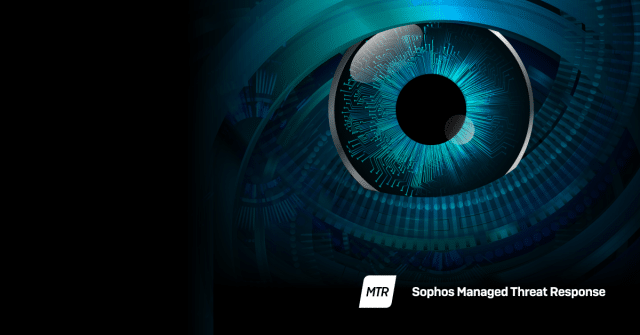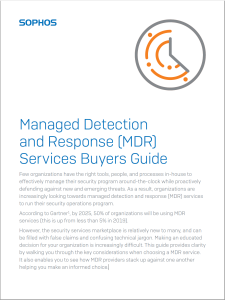Ninety-seven percent of business decision-makers say that COVID-19 has sped up digital transformation and the use of cloud services at their companies*.
Customers may have a carefully mapped out strategic plan for cloud migration, or circumstances beyond their control such as Covid-19 may have caused them to rethink and move faster than they’d have anticipated. Either way, organizations all have a common goal: to optimize IT and security costs.
And it’s no different for cloud infrastructure. That’s why Sophos is helping organizations to answer the question: “How can I optimize AWS and Azure costs?”
They can achieve their goals with Cloud Optix, which provides a new range of cost optimization tools that allow customers to ensure security and compliance of cloud infrastructure, while also saving money on AWS and Azure service costs – all in a single Cloud Optix subscription.
Available for new and existing customers from launch, Cloud Optix will help organizations:
- Optimize AWS and Azure infrastructure costs in a single console
- View comprehensive daily and monthly costs, along with intuitive filters to provide analysis of individual cloud environments, services, and regions with ease
- Track spend for multiple services side by side on a single screen to improve visibility and reduce wasted spend
- Identify unusual activity indicative of abuse, highlighting top services contributing to spend with customizable alerts
- Receive detailed independent Sophos recommendations to optimize AWS costs, and integrate with both the AWS Trusted Advisor and Azure Advisor services within the Cloud Optix console
- Compare monthly analysis of granular changes to service spend with clear executive summaries
Helping you focus your teams
We’re so confident in our technology that the team at Sophos uses Cloud Optix to protect the Amazon Web Services environments used to host Sophos Central itself – a cloud security platform trusted by over 150,000 customers. And a primary reason is that Cloud Optix shows them where to focus attention in order to proactively stop any potential breach points before they happen – an approach which is carried through to spend monitoring.
Cloud Optix helps SecOps and DevOps teams focus on and fix their most critical security vulnerabilities before they are identified and exploited in cyberattacks. It provides a complete picture of your cloud assets across multi-cloud environments by monitoring costs, detecting insecure cloud configurations and deployments, and detecting access anomalies, over-privileged IAM roles, and compliance failures from the development cycle through to the ongoing security of live cloud services.
Find out how much you can save
Cloud Optix is part of our complete portfolio of cloud security products and services, including EDR, MTR, Firewall, CWPP, CSPM, and SaaS email security. You can start a trial and find out more about Cloud Optix here.
* Source: Raconteur http://rcnt.eu/ixkrd
Net Universe offers all Sophos Devices and subscritpions also consultant services with worldwide Delivery Services.
Send us an email to [email protected] for more information or visit https://www.netuniversecorp.com/sophos.














